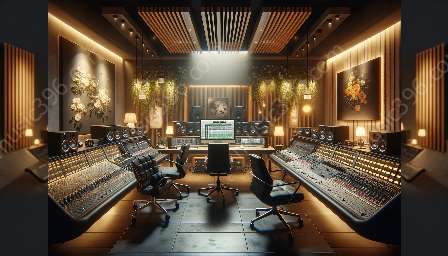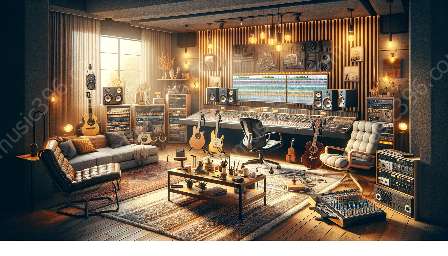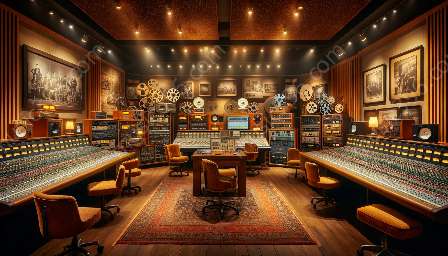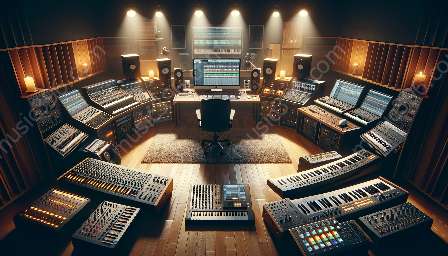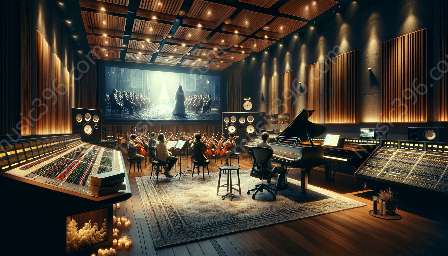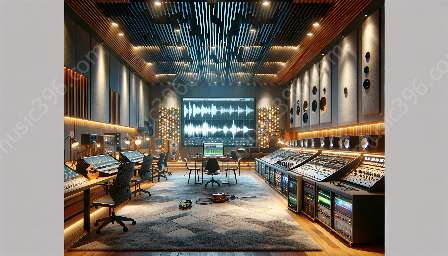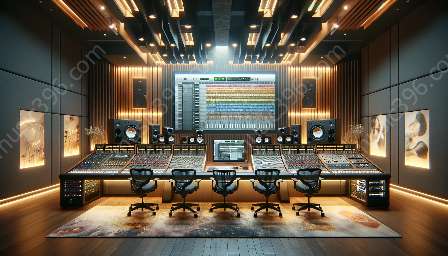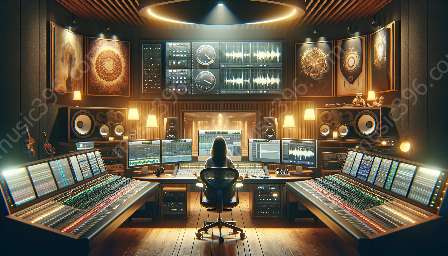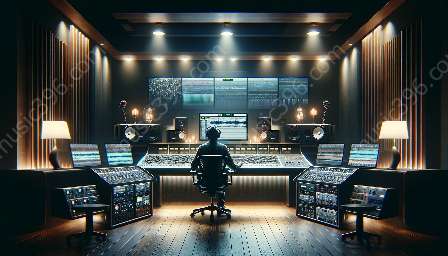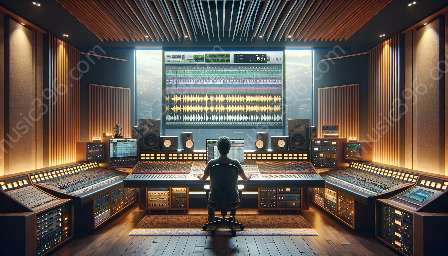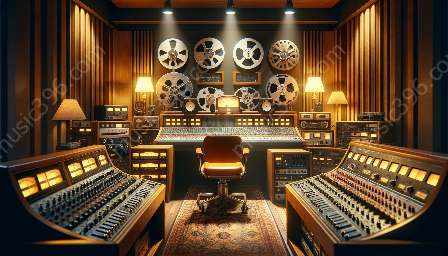As technology continues to play a vital role in music recording, the use of plugins in capturing and enhancing sounds has become increasingly popular. This article delves into the ways in which plugins can be optimized for different music genres, providing valuable insights for music producers and recording engineers.
Understanding the Role of Plugins in Music Recording
Before delving into genre-specific optimization, it's essential to understand the significance of plugins in music recording. Plugins are software components that can be added to digital audio workstations (DAWs) to enhance audio quality, manipulate sounds, and add creative effects to recordings. They offer diverse functionalities, including equalization, compression, reverb, delay, and virtual instruments, among others.
Plugins as Creative Tools: One of the primary advantages of using plugins is the ability to experiment with diverse sounds and textures, allowing producers to create unique sonic landscapes that are tailored to specific music genres.
Optimizing Plugins for Different Music Genres
Optimizing plugins for different music genres involves understanding the sonic characteristics and production aesthetics that define each style of music. By tailoring plugin settings and configurations to suit the requirements of specific genres, producers can achieve more authentic and impactful recordings.
Electronic and Dance Music
Emphasis on Rhythm and Texture: Electronic and dance music genres often prioritize rhythmic elements and textural intricacies. When optimizing plugins for these genres, producers may focus on using synthesizers, drum machines, and effects such as sidechain compression and rhythmic gating to create pulsating and dynamic sounds.
Rock and Metal
Powerful and Aggressive Sound: For rock and metal music, the emphasis is on creating a powerful and aggressive sonic palette. Distortion, saturation, and amp simulations are commonly used to achieve the signature guitar tones, while dynamic processing and parallel compression can bring intensity and impact to the overall mix.
Pop and R&B
Polished and Catchy Production: Pop and R&B genres often require a polished and catchy production approach. Consequently, optimizing plugins for these genres may involve meticulous vocal processing, subtle use of reverb and delay for spatial enhancement, and precision in dynamic control to achieve a balanced and radio-ready mix.
Classical and Orchestral
Emphasis on Natural and Dynamic Reproduction: Classical and orchestral music genres demand natural and dynamic reproduction of instruments and ensembles. When optimizing plugins for these genres, producers may focus on transparent and natural-sounding reverbs, expansive stereo imaging, and detailed dynamic shaping to preserve the authenticity and depth of orchestral recordings.
Hip-Hop and Urban
Focused on Groove and Sonics: Hip-hop and urban music styles often prioritize groove and distinctive sonic elements. Producers can optimize plugins for these genres by utilizing punchy and clean drum processing, inventive use of vocal effects and manipulation, and creative manipulation of bass and synth sounds to build an immersive sonic landscape.
Conclusion
Optimizing plugins for different music genres is a nuanced and dynamic process that demands an understanding of the sonic nuances and production requirements of each genre. By leveraging the capabilities of plugins and tailoring their usage to the specific demands of various music styles, producers can enhance the recording process and create compelling, genre-specific sounds that captivate listeners.



